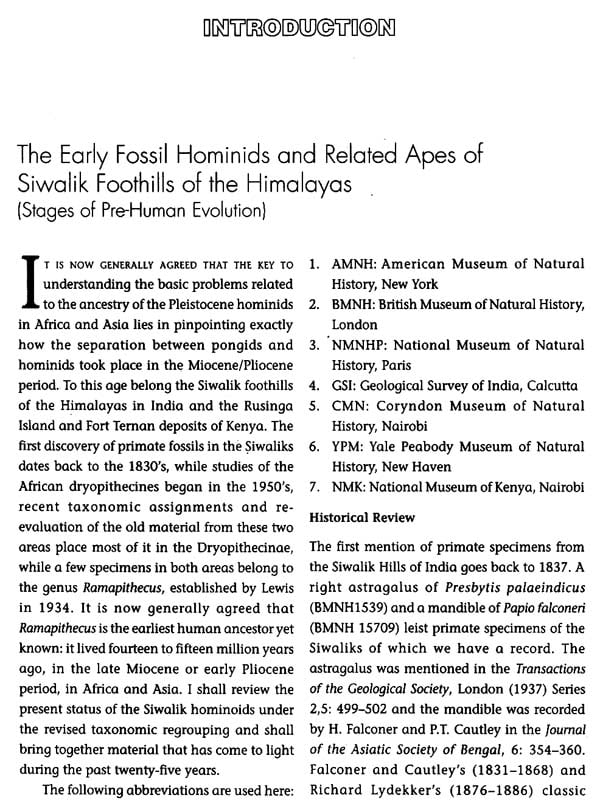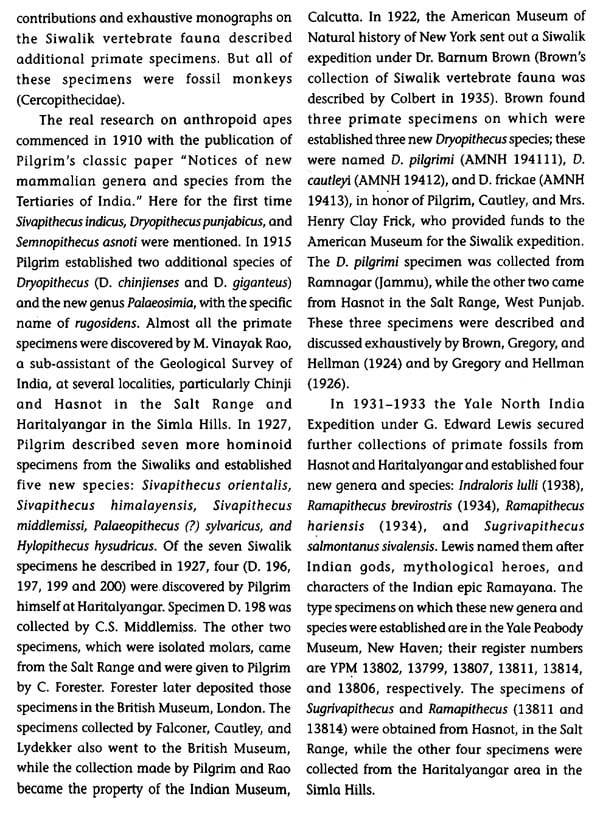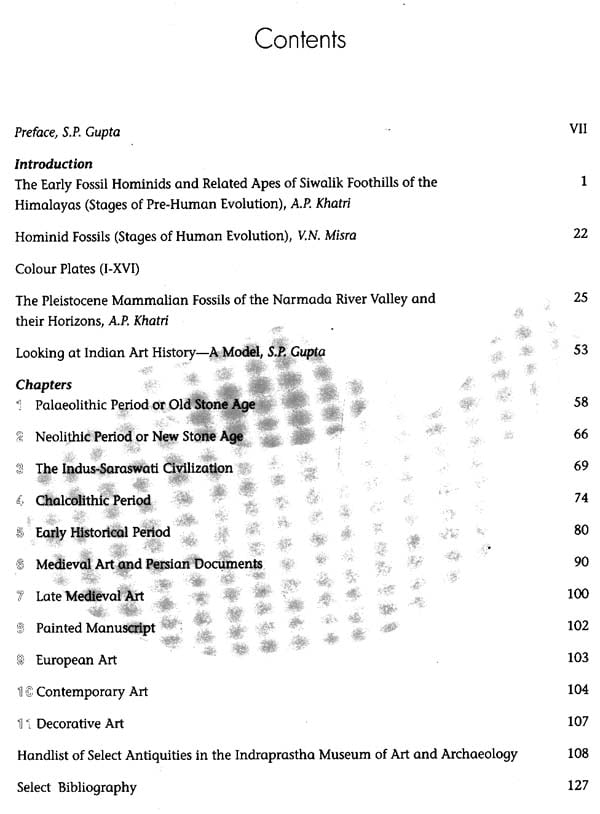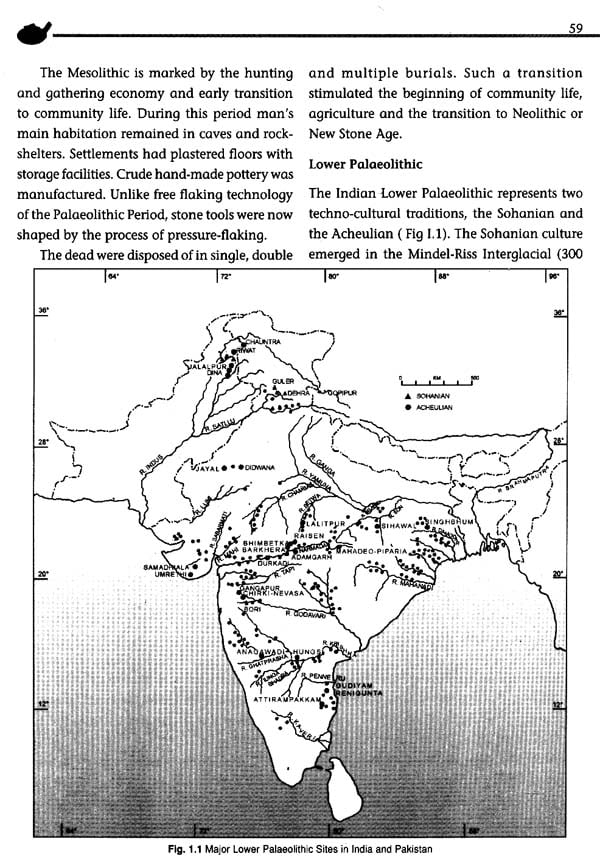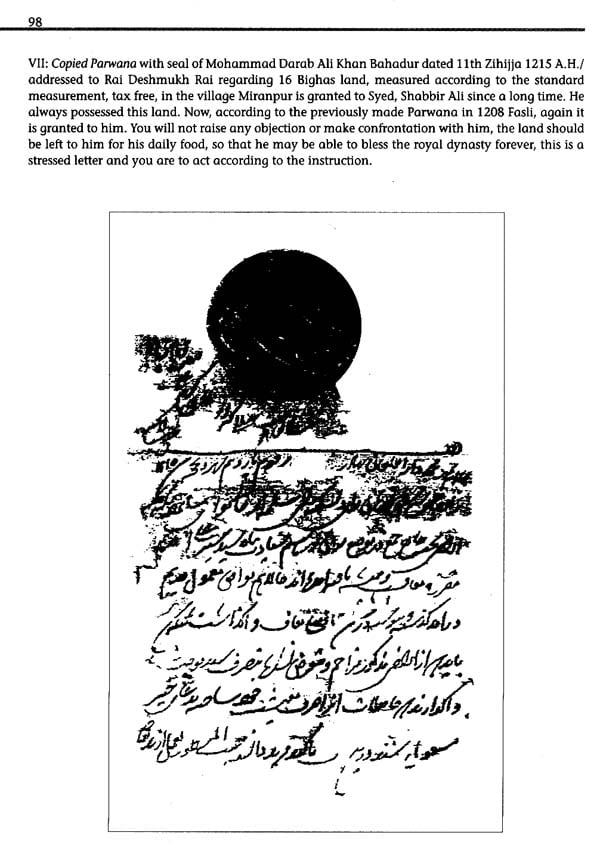
Art & Archaeology of India (Stone Age to the Present)
Book Specification
| Item Code: | NAW087 |
| Author: | B.S. Harishankar |
| Publisher: | D. K. Printworld Pvt. Ltd. |
| Language: | English |
| Edition: | 2003 |
| ISBN: | 8124602530 |
| Pages: | 129 |
| Cover: | HARDCOVER |
| Other Details | 11.00 X 9.00 inch |
| Weight | 740 gm |
Book Description
During the short period of around five years of its existence, the Indraprastha Museum of Art and Archaeology, established by the Indian Archaeological Society under a trust, has made a sizable collection of art and archaeological materials. This collection is varied, touching o number of periods of Indian history. In fact, a small collection belongs to other countries as well which throws light on the history and archaeology of those countries located in West Asia, Africa and Europe. There are prehistoric artifacts and protohistorical antiquities. There are a great number of fossils of several extinct animals, plants and wood. There are skulls of apes and human beings. There are Persian manuscripts and documents, painted and unpainted, and work of art of Historical Period. There are contemporary paintings and objects of decorative arts as well.
The prehistoric materials in the form of stone tools and implements belong to Palaeolithic, Mesolithic and Neolithic periods, while the protohistoric materials in the form of pottery and other artifacts, belong to the Chalcolithic cultures and the Indus-Saraswati Civilization. The remains of the Historical Period belong to the Buddha's Period, 6th-5th centuries B.C. as well as Maurya, Sunga, Kushana, Gupta, and Medieval periods. There are oil paintings, water colour paintings, pastel colour paintings and etchings, both old and contemporary. There are also stone sculptures, terracottas, ceramics and objects of other materials. These have been listed at end in the form of a handlist. But around 3000 more objects still remain to be studied which will require one more catalogue.
An introduction gives a short account of the prehistoric and protohistoric cultures of India to which our collections largely belong. It includes an introduction to Human Evolution by Prof. V.N. Misra, former Director, Deccan College, Pune. It also includes an article on the fossil remains from the Narmada basin, and one article on pre-human hominid remains found in the Siwaliics by Dr. A.P. Khatri, one of India's most eminent prehistorians. I have also added a note on Indian art. All this has been done to make the publication useful for researchers and students. It also gives some account of the excavations conducted by the Indian Archaeological Society at Drupad-ka-Qila (Kampilya) Sanjan and Kamrej, the first site is located in Uttar Pradesh while the other two in Gujarat. A part of the materials collected from these excavations are housed in the Museum.
The Indraprastha Museum of Art and Archaeology has some supporting departments mode available to it by the Indian Archaeological Society which is the parent body. There is a fully computerized library of about 5000 books on history, art and archaeology. It provides photocopy facilities to research scholars at nominal cost. The Museum also has a Lecture Hall, a Seminar Room and a Committee Room for Research and Educational purposes. There is a Photo-Division and a Division for Graphics to prepare visuai materials to illustrate the publications.The Photo-Division has a Digital Video-Camera to make small documentary films, primarily for teaching but also for giving training in the subjects of art, architecture and archaeology. The teaching and training programmes are conducted on the campus not only by the Museum but also by the Centre for Research and Training in History, Archaeology and Palaeoenvironment, which, like the Indraprastha Museum of Art and Archaeology, was established by the Indian Archaeological Society. The Society's third wing, the 'Heritage Helpmates', engaged in conservation and preservation of monuments, works of art as well as establishing new museums, also supports the activities of the Museum.
The Indraprastha Museum of Art and Archaeology has a full-fledged programme of publications, both popular and research nature. It has already brought out two major publications: (i) The Elements of Indian Art, and (ii) Cultural Tourism in India, both financially supported by the Deptt. of Culture, Govt. of India.
The Indraprastha Museum of Art and Archaeology is the product of a vision fuelled by mission and determination of heart and mind of the founder-fathers of the Indian Archaeological Society. The Museum is, therefore, also developing as an advanced research institute in the field of art and archaeology. Its office-bearers are the research guides for the Ph.D. degree. This initiative involves setting up specialized laboratories to give solid scientific basis to the research projects of the Museum.
Those who have contributed to the foundation and growth of this Museum are many, but mainly Shri K.S.Ramachandran, Treasurer, and Shri K.N,Dikshit, General Secretary of the Board of Management of the Indian Archaeological Society. But for their most active support we would not have realised our dream of establishing this museum. Dr. B.S.Harishankar, one time our Research Associate and also Assn. Director (Honorary) of the Museum, deserves all our appreciation for authoring this catalogue.
Here we gratefully acknowledge the financial assistance that the Deptt. of Culture, Govt. of India, gave to the Museum to publish this Catalogue. We also thank Ski Tejas Gorge, Ms. Mahua Bhaftacharyya, Ms. Anuja Geetali and Sarvashri M.S. Mani, Jassu Ram and Lakshmi Narain of our Technical Divisions, Graphics, Art and Photography, respectively, as well as Sarvashri Rakesh Datta, Himanshu Joshi, Manoj Harbola and Arun Datta of the other Departments for their help in preparing the manuscript of this catalogue.
At the end, I take this opportunity to put on record the donation of one of the largest personal collections of Stone Age tools from many parts of India and abroad as well as Palaeontogical materials, the animal, wood and plant fossils, from the Narmada and other valleys by Dr. A.P. Khaki who has been and still is one of the greatest signatures in the field of researches connected with the Indian Prehistory. He will be preparing a separate catalogue of his collection donated to the Museum which we will be only too happy to publish. In the meantime Ms. Gency Choudhury, our Reserch Associate in the museum, is assisting him and doing the preliminary academic work. Our grateful thanks to both of them and also to Mrs. Khatri, her son, daughter and daughter-in-law since all of whom gladly agreed to make this priceless collection donated to the Museum.
We will fail in our duty if we do not record our great appreciation of the works done by Sri Praveen Mehta and Mrs. S. Davra of the VAP Enterprises in connection with the publication of this catalogue.
**Contents and Sample Pages**
